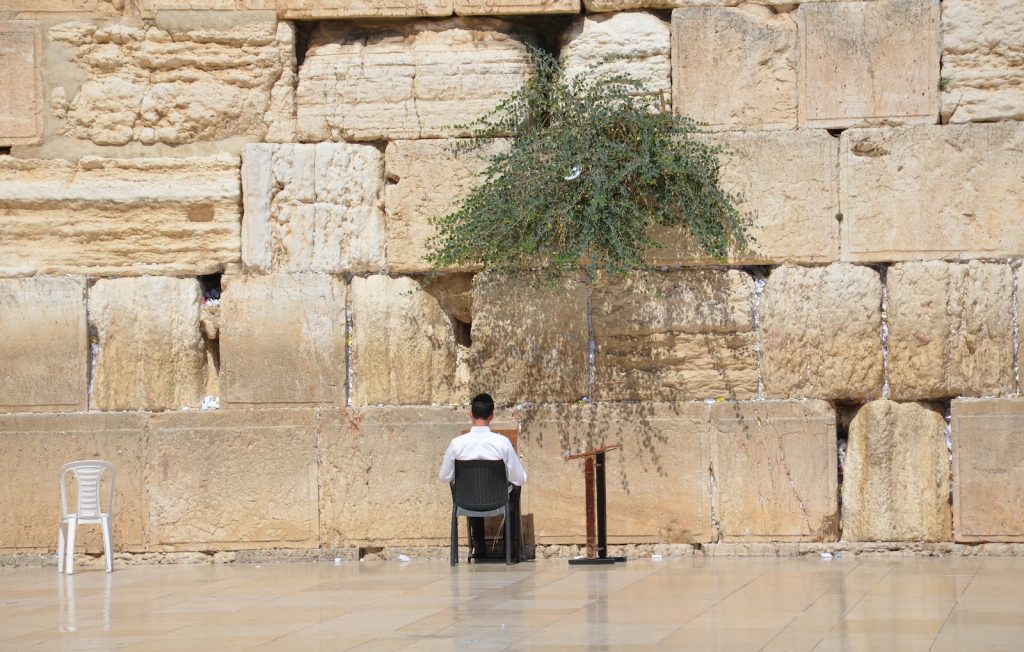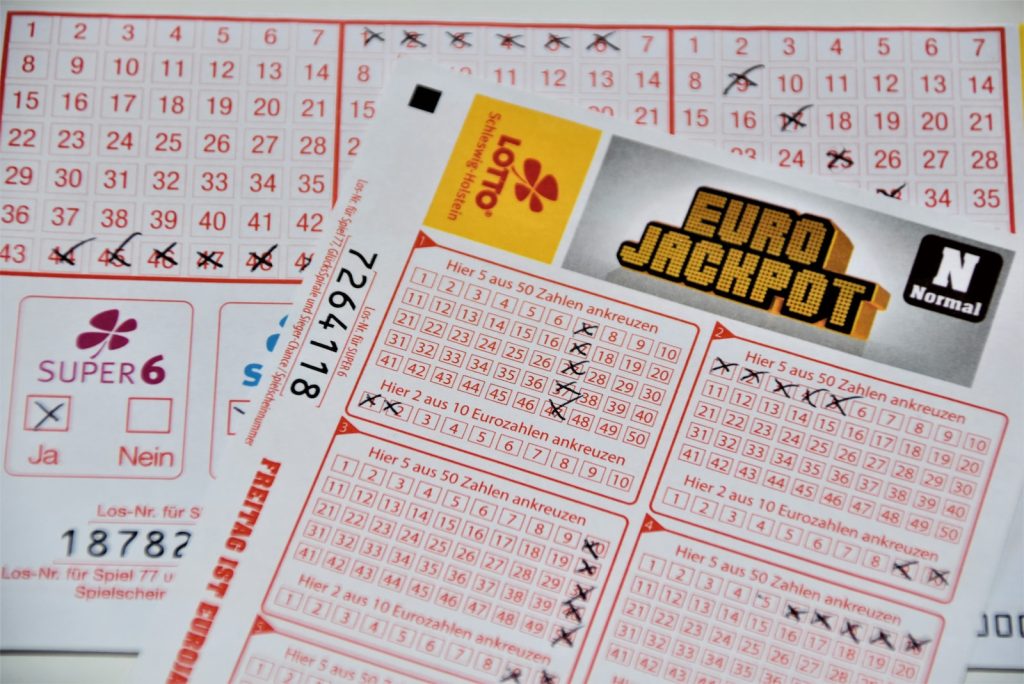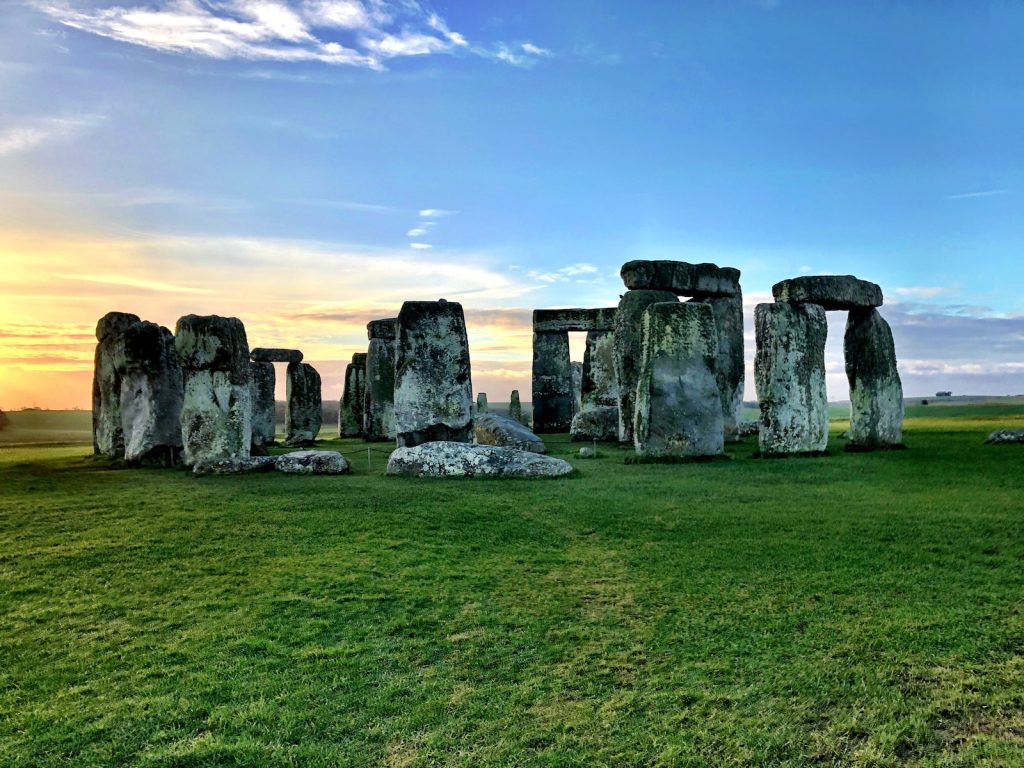The Use of Finger or Hand Movements in Judaism Today: Exploring Their Significance and Practice
The use of finger or hand movements in Jewish prayer is a practice that dates back to biblical times. These movements, also known as mudras, are used to enhance the spiritual experience of the worshipper, and to help them focus their mind on the divine. In Judaism, mudras are used during prayer, Torah reading, and the Priestly Blessing, among other religious ceremonies. One of the most common mudras used in Jewish prayer is the hand gesture known as the Cohanim blessing, or Birkat Kohanim. This gesture involves the Cohanim, or Jewish priests, raising their hands and extending their fingers in a specific pattern while reciting a blessing over the congregation. The exact origin and meaning of this gesture is not known, but it is believed to have been used since biblical times. Another mudra commonly used in Jewish prayer is the hand gesture known as the V-shaped hand configuration. This gesture is used during the Torah service, specifically for the line “And this is the Torah that God gave to Moses.” While the exact meaning of this gesture is unknown, it is believed to be a symbol of reverence and respect for the Torah, and a reminder of the divine origin of Jewish law. Historical Context of Hand Gestures in Judaism Hand gestures have been a significant part of Jewish tradition for centuries. The use of finger or hand movements has been observed in various Jewish practices, including prayer, blessings, and other religious ceremonies. The historical context of hand gestures in Judaism can be traced back to the biblical era and has evolved over time through rabbinic literature and Jewish tradition. Biblical References to Hand Movements The Torah contains several references to hand movements used in Jewish practices. For instance, in Exodus 17:11, Moses raised his hands to pray during the battle against the Amalekites. Similarly, in Exodus 9:29, Moses stretched out his hand to bring an end to the hailstorm that was devastating Egypt. These references indicate the use of hand movements as a form of prayer and supplication. Talmudic Development of Hand Gestures The Talmud is a central text in Jewish tradition that provides a detailed account of the development of hand gestures in Judaism. The Talmudic sages introduced various hand gestures for blessings and prayers, including the priestly blessing, Birchat Kohanim, which involves outstretched hands and spread fingers. The Talmud also mentions other hand gestures such as the covering of the eyes during the Shema prayer and the placement of hands on the head during the confessional prayer. In conclusion, the use of finger or hand movements in Judaism has a rich historical context that has evolved over time through biblical references, rabbinic literature, and Jewish tradition. Hand gestures are an integral part of Jewish practices, and their significance has been passed down through generations. Religious Significance of Hand Gestures Hand gestures have significant religious and spiritual importance in Judaism. These gestures are used in various rituals, prayers, and blessings. The use of hand gestures is believed to have symbolic significance and is considered a way of communicating with G-d. Symbolism in Jewish Rituals In Jewish rituals, hand gestures are used to symbolize various concepts and ideas. For instance, the priestly blessing, which is recited by the Kohanim, involves a specific hand gesture. The Kohanim raise their hands with palms facing downward and fingers spread apart while reciting the blessing. This gesture is believed to represent the outpouring of divine blessings. Another example of hand gestures in Jewish rituals is the Shema. During the recitation of the Shema, the worshipper covers their eyes with their right hand. This gesture is believed to represent the idea of focusing one’s thoughts and intentions on the words of the prayer. Hand Movements in Prayer and Blessings Hand movements are also an integral part of Jewish prayer and blessings. For instance, during the Amidah, worshippers move their bodies back and forth while reciting specific prayers. This movement is believed to represent the idea of standing before G-d and humbling oneself in His presence. In addition, specific hand gestures are used during prayer and blessings. For example, when reciting the Priestly Blessing, the Kohanim form the shape of the Hebrew letter Shin with their hands. This gesture is believed to represent one of the names of G-d and is considered a way of invoking His divine presence. Similarly, during the recitation of blessings, the worshipper may use specific hand gestures to emphasize the words of the blessing. For instance, when reciting the blessing over bread, the worshipper holds the bread in their left hand and covers it with their right hand while reciting the blessing. In Kabbalah, a mystical Judaic sect, the fingers of the hands represent the Ten Sefirot, which are the ten attributes through which G-d interacts with the world. Each finger is associated with a specific sefirah and is believed to have its own unique spiritual significance. In conclusion, hand gestures have significant religious and spiritual importance in Judaism. These gestures are used to symbolize various concepts and ideas and are considered a way of communicating with G-d. The use of hand gestures in Jewish rituals, prayers, and blessings is an integral part of Jewish tradition and is believed to enhance the worshipper’s spiritual experience. Hand Gestures in Contemporary Jewish Practice Hand gestures are an integral part of Jewish practice, and they are used to convey different messages, express emotions, and enhance concentration. In contemporary Jewish practice, hand gestures play a significant role in synagogue services and Torah study. Gestures in Synagogue Services During synagogue services, hand gestures are used to enhance the prayer experience and emphasize certain parts of the liturgy. For example, when reciting the Shema, Jews place their right hand over their eyes to block out distractions and focus on the words of the prayer. Similarly, during the Amidah, Jews stand with their feet together and their hands clasped in front of them to demonstrate their concentration and devotion. Another notable hand gesture in synagogue










